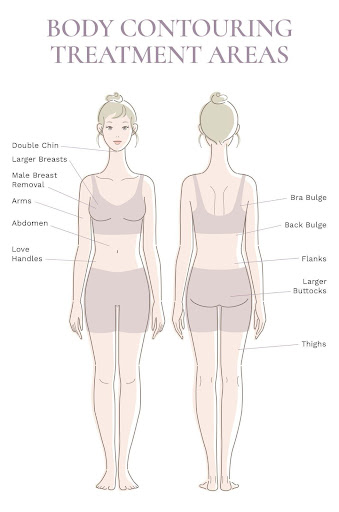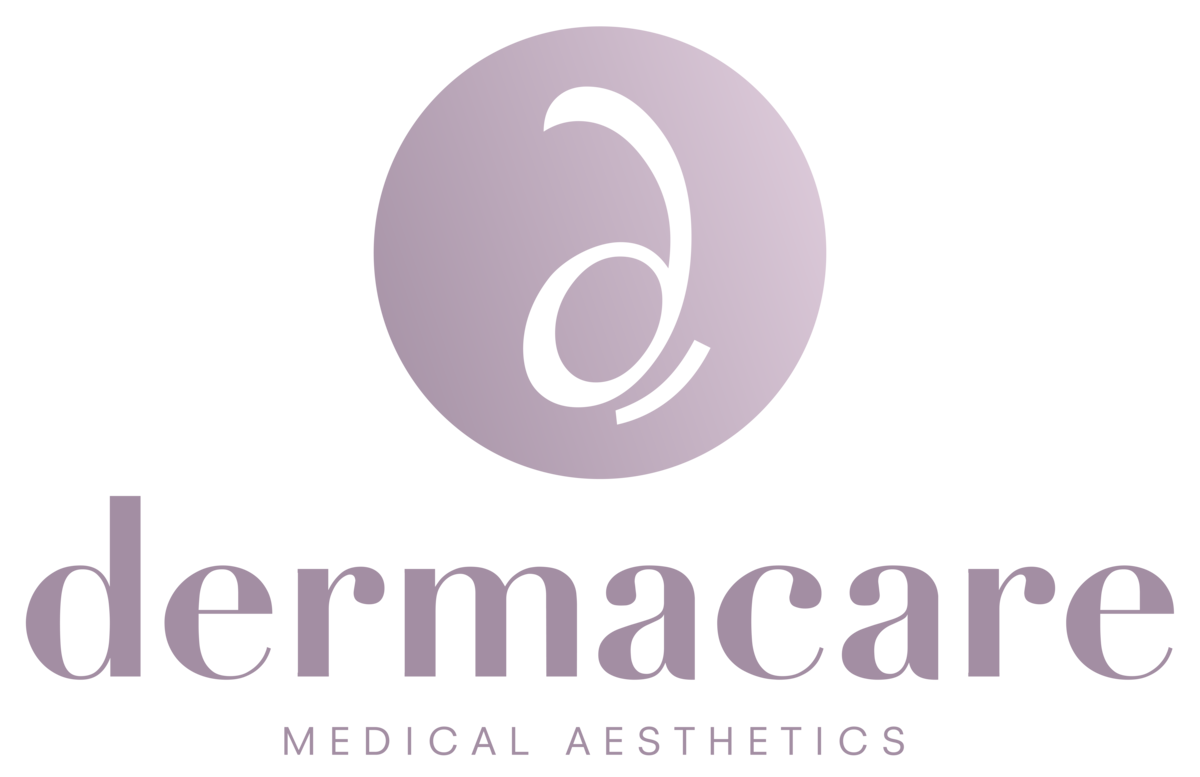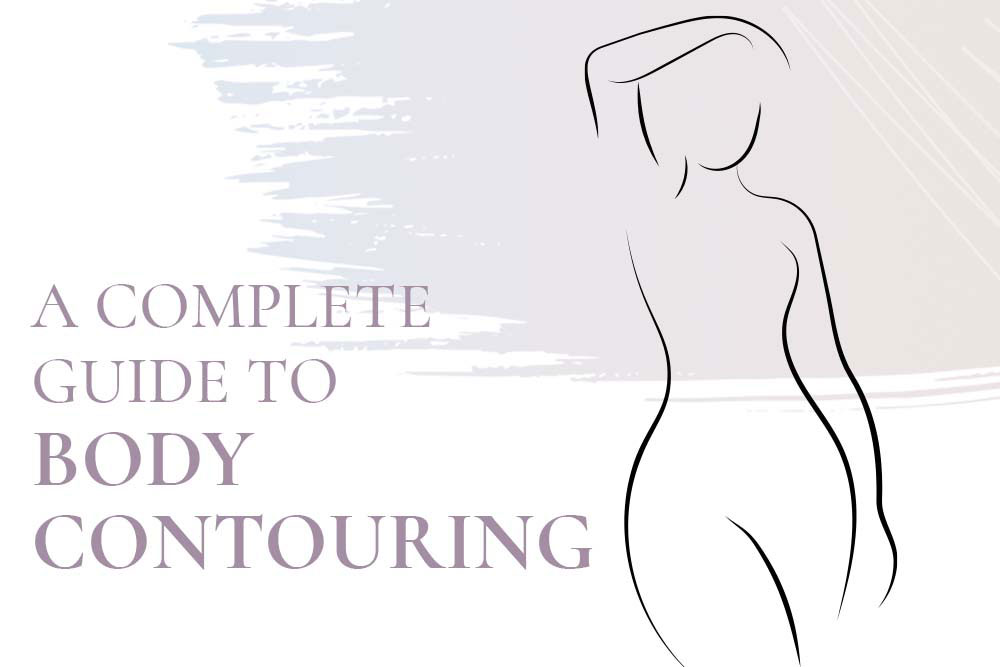Part One: Introduction to Body Contouring
What Is Body Contouring?
Contours are outlines that define the shape or form of a person or object. When we refer to body contouring procedures, we refer to a group of treatments that aim to improve the appearance of those outlines on our bodies. Typically, this focuses on major parts of the body like the chest, abdomen, waist, hips and buttocks, but it can include smaller body areas like the arms and thighs as well.
Body contouring procedures use a variety of techniques to create new outlines and curves throughout the body. There are surgical and nonsurgical options available to most patients, but the procedures often improve curvature through different means. Some techniques add volume to underdeveloped areas, while others aim to remove and sculpt fat from a targeted body part.
The proper technique will depend entirely on your condition and what look you are trying to achieve. During your consultation process, we will be able to help you determine which treatment you should undergo.
A Brief History of Body Contouring
Through time and culture, there have been many different iterations of ideal beauty standards. In Ancient Egypt between 1292 and 1069 B.C., slender frames, narrow shoulders and high waists were considered the pinnacle of attractiveness. However, Ancient Greece ideals in 500 B.C. skewed toward plumper body types.[1]
Slim waists made a comeback during the Han Dynasty in 206 B.C., but by the Italian Renaissance in the 15th century, rounded stomachs, full hips and ample bosoms had become the standard. This body type remained in fashion through the 19th century — but in England, the full figure ideal was usually coupled with a smaller waist, creating a precursor to the notorious hourglass figure.[1]
Into the 20th century, there has been a lot of variation of what types of body contours are considered to be ideal. But today, large breasts, defined buttocks, thin waists, flat stomachs and smooth skin tends to be the go-to look for most women. While there is some variation of beauty standards between cultures, the well-defined contour remains prevalent in most places worldwide.

Why Is Body Contouring So Popular?
Liposuction and breast augmentation are two of the most popular cosmetic surgeries performed throughout the United States. In fact, more than 211,000 liposuction procedures and 193,000 breast augmentations were conducted throughout 2020.[2]
These numbers are substantial, but the number of people turning to minimally or noninvasive options is larger still. More than 350,000 patients underwent noninvasive fat reduction procedures like CoolSculpting throughout 2020. Treatments like Kybella, which use chemical injections to achieve contour improvement, were around 135,000 total sessions, while skin tightening saw approximately 188,000 total procedures.[2]

Body contouring, especially minimally invasive or noninvasive methods, has become so popular because it offers to help people who are struggling to feel confident or happy with their appearance. Through these treatments, unwanted bulges and pockets of fat can be removed, and areas that appear flat or underdeveloped can be enhanced.
Why Do We Need Body Contouring?
Fat is often stubborn and steadfast, even after extensive dieting and exercise. This is why body contouring is so important — people can spend their entire lives working toward a particular body type and never be able to achieve it themselves.
Our body types are determined by a mixture of two factors: genetics and lifestyle. While lifestyle plays a role in weight and muscle tone, genetics is the primary driver of how our body shapes are determined.
If we are going to gain weight, we don’t usually get a say in where it goes. We also don’t get much agency to determine how much weight we hold onto or how quickly it stores in our fat cells. Even people who are eating healthy and balanced meals with an active lifestyle can end up storing excess weight somewhere in the body.
On the other hand, there are many parts of our bodies (like our breasts or buttocks) that we wish had a little more fat storage. Someone who is unhappy with the size of their breasts or buttocks can feel equally as self-conscious as someone with too much fat storage.
Parents, working professionals, students, stay-at-home spouses — everyone has an ideal body that would make them feel confident as they moved through life. Unfortunately, there is often no way to achieve the exact look you would prefer other than body contouring.
Is Body Contouring Safe?
Both surgical and nonsurgical body contouring procedures become safer and safer each day. Generally, the techniques performed by your medical professionals have been perfected throughout the years — this minimizes the likelihood that complications will arise.
While surgical approaches carry more risks than nonsurgical ones, every procedure we offer is considered to be extremely safe for the patient. We strongly believe that there is no aesthetic goal worth putting your life or wellbeing at risk, so we offer only the safest treatments and techniques.
Part Two: Areas of Treatment

Double Chin
Treatments: CoolSculpting, Kybella, SculpSure
Arms
Treatments: CoolSculpting, Laser Lipo, PelleFirm
Back Bulge
Treatments: CoolSculpting, Laser Lipo
Bra Bulge
Treatments: CoolSculpting, Laser Lipo
Larger Breasts
Treatments: Natural Breast Augmentation
Male Breast Removal
Treatments: CoolSculpting
Abdomen
Treatments: CoolSculpting, Laser Lipo, SculpSure, truSculpt Flex,
Love Handles
Treatments: CoolSculpting, Laser Lipo, Cellulaze
Flanks
Treatments: CoolSculpting, Laser Lipo, SculpSure
Larger Buttocks
Treatments: Natural Buttock Augmentation
Thighs
Treatments: CoolSculpting, Laser Lipo, SculpSure, truSculpt Flex, PelleFirm, Cellulaze
Part Three: Types of Body Contouring
Nonsurgical Fat Removal
CoolSculpting
CoolSculpting uses cryolipolysis technology, which kills fat cells by freezing them in the skin.[3] Once dead, the body naturally removes them, revealing a newly defined contour in the treated area. Cryolipolysis treatments like CoolSculpting can reduce the targeted fat layer by as much as 25%.[4]
Cryolipolysis treatments were the most popular body contouring category in 2018 by more than 100,000 procedures.[5] The procedure is safe and effective and one of the most reliable methods of treatment on the market.
Procedure Length: 30 – 60 minutes
Number of Treatments: 2 – 3 treatments
Recovery Time: two weeks, minor redness and soreness
Downtime: none
Length of Results: permanent
Kybella
Kybella is a nonsurgical injection that uses a chemical formula to remove excess fat beneath the chin.[6] It was approved by the FDA in 2015 and has since become a staple in the aesthetic industry.[7] It is a strong option for patients who are already used to injectable treatments and would prefer to stay away from more invasive alternatives.
Procedure Length: 15 – 20 minutes
Number of Treatments: 2 – 3 treatments
Recovery Time: four weeks, minor swelling or soreness
Downtime: none
Length of Results: permanent
Laser Lipo
Laser liposuction, also known as laser lipolysis, is a standard liposuction procedure that uses concentrated light to more effectively break down fat cells in the targeted area. While laser liposuction provides more immediate results, it may also require more downtime and recovery than a less invasive procedure.[8]
Procedure Length: 60 minutes
Number of Treatments: 1 treatment
Recovery Time: one week, minor bruising and soreness
Downtime: 2 – 3 days
Length of Results: permanent
SculpSure
Similar to laser liposuction, SculpSure uses concentrated light to break away fat cells in unwanted areas. But there is a fundamental difference between the two procedures: laser liposuction requires that a cannula be inserted into the skin, while SculpSure is entirely noninvasive and works directly from the surface of the skin.[9] This makes a good option for anyone wanting to avoid surgery.
Procedure Length: 25 – 35 minutes
Number of Treatments: 1 – 3 treatments
Recovery Time: one week, minor swelling or soreness
Downtime: none
Length of Results: permanent
Body Sculpting
Natural Breast Augmentation
Natural breast augmentation, commonly referred to as breast augmentation with fat transfer, is a revolutionary breast augmentation method that can significantly improve the size and shape of breasts with much more natural results than what can be achieved through implants.
The procedure includes harvesting fat through liposuction and injecting it into your breast area.[10] Since the substance being used is from your own body, there is no chance your body will reject it like an implant. In some cases, natural breast augmentation can nearly double the size of a woman’s breasts through fat transfer alone.[11]
Procedure Length: 4 – 6 hours
Number of Treatments: 1 surgery
Recovery Time: 4 – 6 weeks, minor bruising, swelling, pain, discomfort
Downtime: 1 – 3 days
Length of Results: permanent
truSculpt Flex
TruSculpt Flex focuses more on muscle definition than fat. It uses multi-directional stimulation technology to mimic the effects of an intense workout, burning fat in the area and sculpting specific muscles throughout the body for more precise definition. This device can address up to eight body parts at once, making it a highly efficient body contouring procedure.
Procedure Length: 45 – 60 minutes
Number of Treatments: 4 – 6 treatments
Recovery Time: 1 – 3 days, minor swelling, discomfort
Downtime: none
Length of Results: 6 – 12 months
Skin Tightening
PelleFirm
As we age, our bodies produce fewer and fewer of the essentials responsible for keeping our skin taut and youthful.[12] PelleFirm uses radiofrequency energy to heat and damage the skin just enough to trigger the body’s natural healing response, including an influx of proteins like collagen and elastin that tighten the skin.
Procedure Length: 45 – 60 minutes
Number of Treatments: depends on the condition
Recovery Time: 1 – 3 days, minor swelling or redness
Downtime: none
Length of Results: depends on the condition
Cellulite Removal
Cellulite is one of the most common aesthetic problems people face. In industrial nations like the United States, cellulite affects around 90% of all women and 10% of all men.[13] As of 2019, more than 166 million women were living in the country.[14] That means close to 150 million women dealing with cellulite in some capacity.

Cellulaze
During this treatment, a tiny cannula is inserted into the skin where cellulite is present. Laser energy is then delivered into the skin, breaking the fibrous bands that cause cellulite and creating a smoother appearance on the skin’s surface.
Procedure Length: 1 – 2 hours
Number of Treatments: 1 treatment
Recovery Time: 2 – 3 weeks, minor bruising, swelling, soreness
Downtime: 2 – 3 days
Length of Results: permanent
Part Four: Cost
Finding accurate cost estimates can be difficult, especially since your specific cost will vary greatly depending on your conditions and aesthetic goals. To help give you an idea of what you will spend, we put together this graph for your reference:
| CoolSculpting | $1,000 – $4,000 |
| Kybella | $1,200 – $1,800 |
| Laser Lipo | $2,500 – $4,500 |
| SculpSure | $1,500 – $3,000 |
| Natural Breast Augmentation | $4,000 – $7,000 |
| truSculpt Flex | $600 – $800 |
| PelleFirm | $500 – $1,500 |
| Cellulaze | $4,000 – $7,000 |
Dermacare Laser and Skin Care Clinics
Dermacare is an industry leader in the worldwide laser and cosmetic industries. We have two offices — San Diego and Carlsbad — led by Dr. Birchall, a top provider of body contouring procedures.
We have been recognized extensively for our contributions to the aesthetic and cosmetic industries and are committed to giving you the best possible experience and results possible. Our newsletter is the best way to save money on body contouring and other procedures at our office. It will also keep you informed about any other news we have to share.
We recommend that all of our patients join Allé, a rewards program and resource for cosmetic treatments. They are our trusted partner and can consistently provide our clients with even more savings on various cosmetic procedures.
Works Cited
- [1] https://www.scienceofpeople.com/beauty-standards/
- [2] https://www.plasticsurgery.org/
- [3] https://www.healthline.com/
- [4] https://pubmed.ncbi.nlm.nih.gov/19296153/
- [5] https://www.statista.com/
- [6] https://www.healthline.com/health/kybella
- [7] https://www.accessdata.fda.gov/
- [8] https://www.healthline.com/health/laser-lipo-vs-coolsculpting
- [9] https://www.cynosure.com/product/sculpsure/
- [10] https://www.plasticsurgery.org/cosmetic-procedures/fat-transfer-breast-augmentation
- [11] https://www.plasticsurgery.org/news/press-releases/new-technique-doubles-breast-size-using-patients-own-fat
- [12] https://www.scientificamerican.com/
- [13] https://www.scientificamerican.com/article/is-cellulite-forever/
- [14] https://www.census.gov/data/developers/data-sets/acs-1year.html

